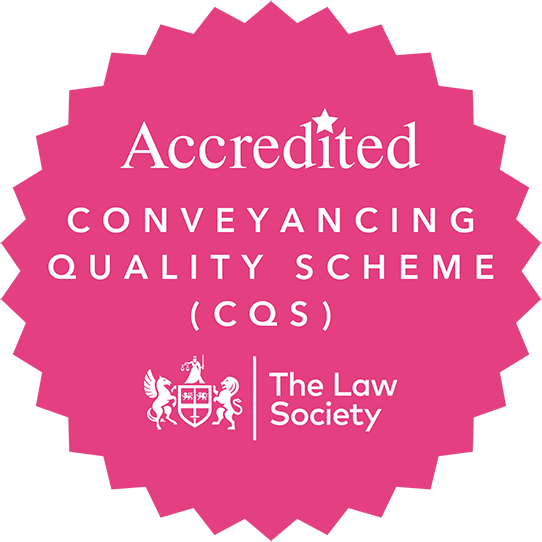Settlement Agreements
Following on from the October 2024 budget and the increase announced to Employer’s National Insurance contributions which begins 6 April 2025, many business owners are currently reviewing staffing levels and individual performance with a view to reducing headcount and costs.
Depending on the number of positions they are looking to remove, employers need to consider the best route to end an employment relationship and legal advice should be sought.
Employers engaging in redundancy settlements do not need a Settlement Agreement, but they may want to consider having them to control the prospect of any future Employment Tribunal claims and it gives certainty to the terms as well as being legally binding between the employer and the employee if drafted correctly. It is usually entered into shortly before or after the termination of the employee’s contract of employment.
The benefit of using this type of agreement is that it provides a clean break with the employee agreeing to waive their rights to make a claim, instead receiving an agreed amount of financial compensation. It can also include agreed references, extra protection on confidentiality and warranties from the employee.
Each employee must obtain independent legal advice before entering into a Settlement Agreement if it is to be binding, which the employer usually contributes a fixed sum towards the cost of. It can be a more cost effective and a faster, more efficient process for all employees to be offered one independent legal advisor to do this work.
Where one law firm is appointed to sign off multiple Settlement Agreements it will be a faster and more efficient service, and it can be cheaper for the employer rather than dealing with several lawyers. Employees do still have the right to choose their own solicitor if they decide to do so.
We have regularly acted as sole independent legal advisor to a group of employees being offered settlement agreements. This recently included acting for a group of employees who were being made redundant and who had been offered a Settlement Agreement by their employer. After speaking to each employee individually and making sure they understood the terms of the agreement, they were all signed, and the process concluded swiftly.
Not only did this help to reduce costs for the employer, it allowed for the faster conclusion of the matter for all parties, allowing employees to seek alternative employment opportunities and the employer to progress with their future plans for the business.
If you would like to discuss drafting a Settlement Agreement or for legal advice on offering Settlement Agreement assistance to your employees, please get in touch today.
Amanda Finn can be contacted on a.finn@gullands.com

 Close Menu
Close Menu




















